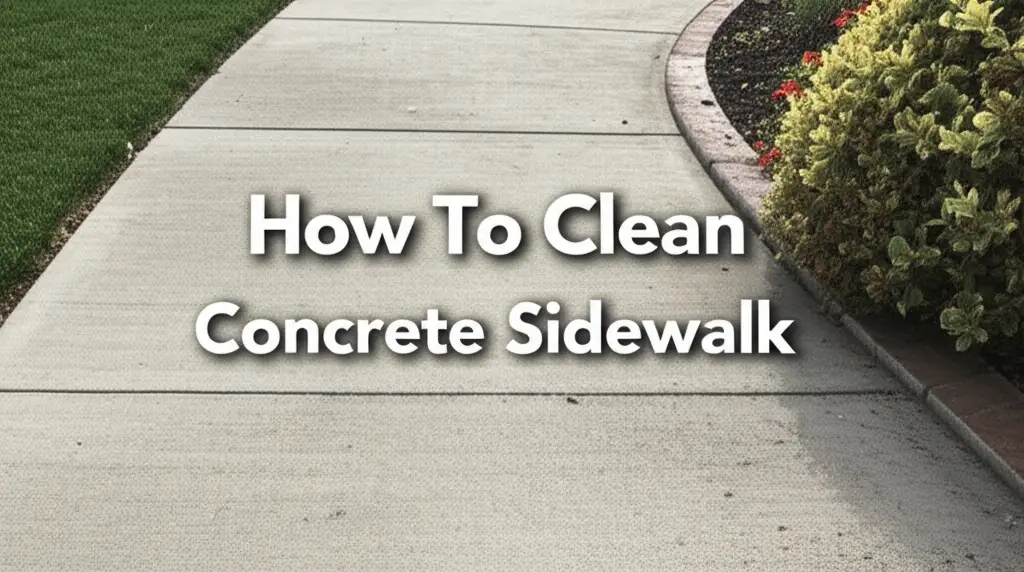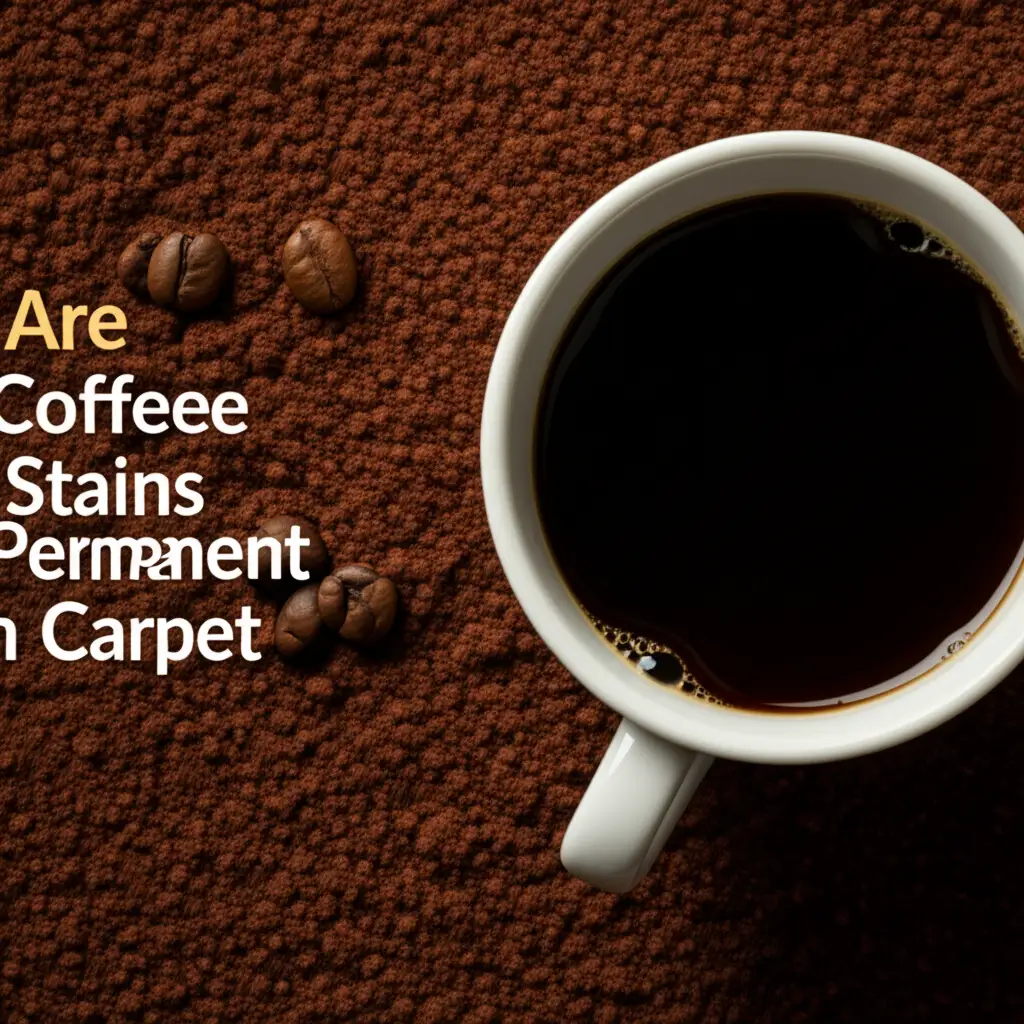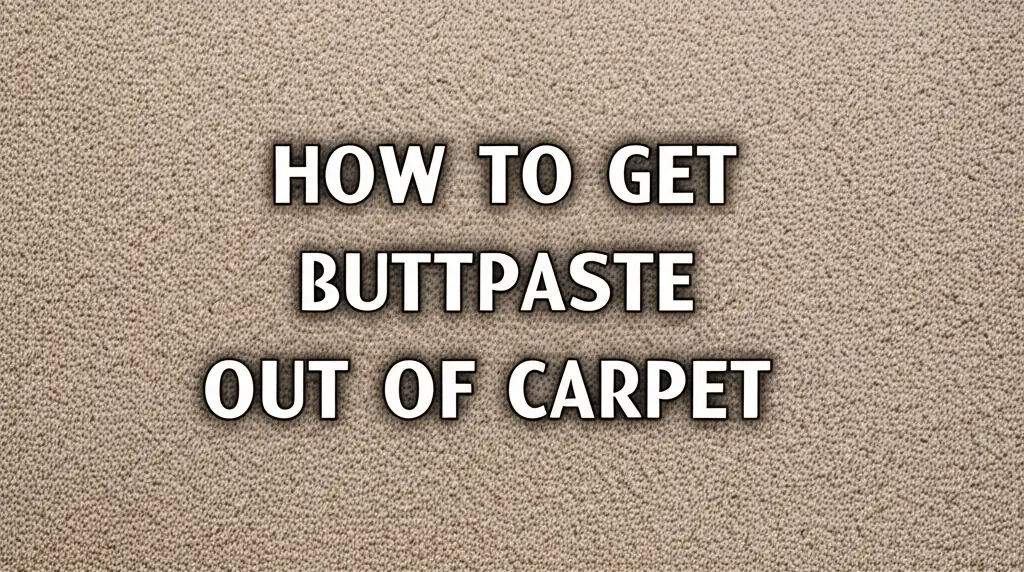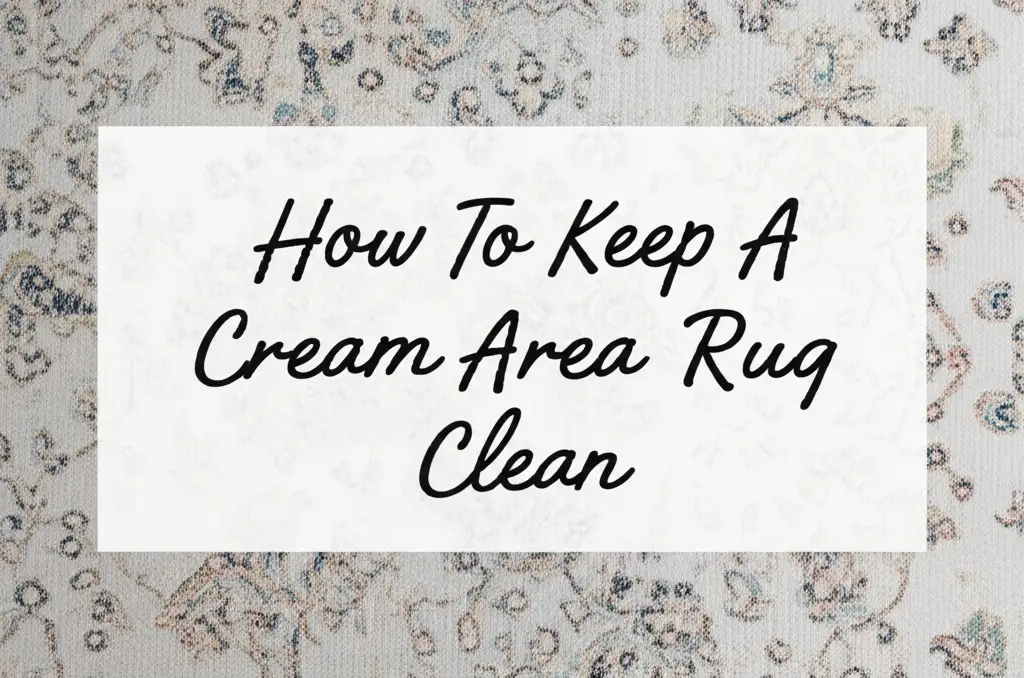· Elira Thomsen · Outdoor Maintenance · 14 min read
How To Clean Turf Grass
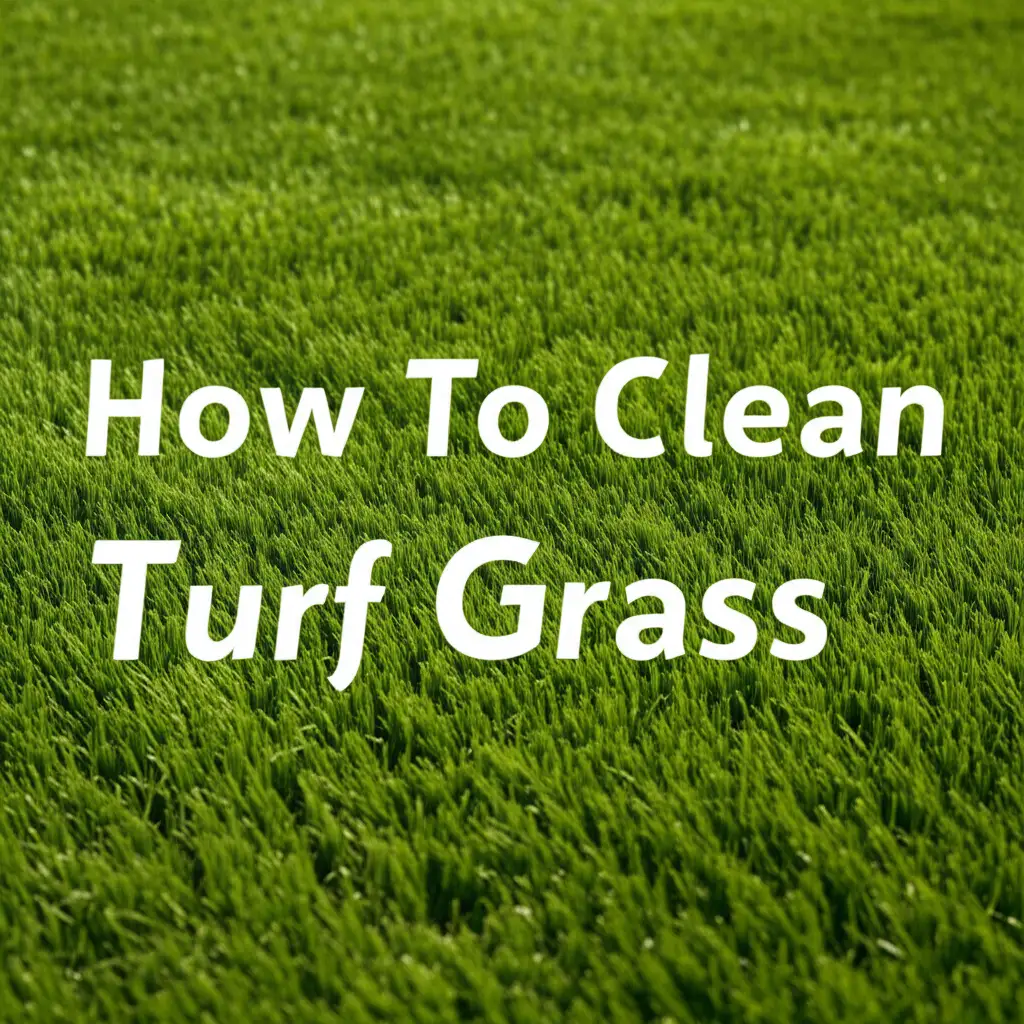
Keeping Your Turf Grass Spotless: A Guide to Cleaning
Imagine stepping onto a vibrant, green lawn that stays perfect all year, no matter the weather. This dream becomes a reality with artificial turf grass. However, even this low-maintenance option needs regular attention. Proper cleaning turf grass is vital. It keeps your outdoor space looking great and lasts longer.
Many homeowners choose artificial turf for its beauty and ease. Yet, dirt, debris, pet messes, and general wear can dull its look. Knowing how to clean turf grass properly ensures your investment remains a pristine, inviting area. This guide covers everything from daily upkeep to deep cleaning. It helps you handle common issues like pet odors and stubborn stains. We will explore simple methods and products that keep your artificial lawn in top condition.
Takeaway
- Regularly brush and rinse your turf grass to remove loose debris.
- Address pet messes immediately with water, mild soap, and enzyme cleaners.
- Treat stains promptly using appropriate cleaners and blotting techniques.
- Perform deep cleaning annually or semi-annually with specialized tools.
- Implement preventive measures like proper infill and drainage to maintain cleanliness.
Cleaning turf grass involves simple steps. First, remove loose debris with a rake or broom. Then, rinse the surface with water. For pet odors, apply an enzyme cleaner. For stains, blot with mild soap and water. Regular maintenance keeps your turf looking fresh.
Understanding Your Turf Grass: A Foundation for Cleaning
Artificial turf grass offers a beautiful, low-maintenance alternative to natural lawns. It provides a green space without the need for mowing, watering, or fertilizing. This synthetic surface looks and feels like real grass. It has blades made of synthetic fibers and a backing system. Infill material, like sand or rubber granules, supports the blades. This infill also adds bounce and weight to the turf.
What is Turf Grass?
Turf grass, in this context, refers to artificial or synthetic turf. It consists of polyethylene, polypropylene, or nylon fibers. These fibers are designed to mimic natural grass blades. A strong backing holds these fibers in place. This backing often has drainage holes. These holes allow water to pass through. The infill material sits between the blades. It helps the blades stand upright. It also provides cushioning.
My artificial lawn brings joy. It is green and lush all year. I do not worry about brown patches or weeds. This synthetic solution makes my outdoor living easy. It is perfect for families and pets.
Why Cleaning is Essential
Even though artificial turf does not grow, it still gets dirty. Leaves, dust, pollen, and debris settle on its surface. Pet waste can leave odors and stains. Dirt can get trapped in the infill. Over time, this buildup compacts the fibers. It can reduce the turf’s drainage efficiency. It also makes the turf look dull and less inviting.
Regular cleaning helps maintain the turf’s appearance. It also extends its lifespan. Removing debris prevents matting of the fibers. It keeps the blades standing tall. Proper cleaning also ensures good hygiene. It removes bacteria and allergens. This makes your turf a safe and pleasant area for everyone.
Think of your turf as an outdoor carpet. Like any carpet, it needs care. Dirt and grime can hide deep within the fibers. Without cleaning, these can cause problems. They can break down the materials over time. They also create unpleasant smells. Maintaining turf grass ensures it stays beautiful and functional. It protects your investment.
Everyday Maintenance: Keeping Turf Grass Clean Routinely
Maintaining turf grass daily or weekly is simple. These routine tasks prevent dirt buildup. They keep your turf looking fresh. Regular care extends the life of your artificial lawn. It also makes deeper cleaning less frequent. I find that a little effort each day makes a big difference.
Daily Sweeping and Raking
Start by removing loose debris from your turf. This includes leaves, twigs, and discarded food wrappers. A stiff-bristled broom works well for this. You can also use a leaf blower. For larger areas, a power broom makes the job easier. It helps lift the turf fibers. This keeps them from matting down.
I use a plastic rake for heavy leaf fall. Metal rakes can damage the turf blades. A natural-bristled broom is gentle but effective for daily tidying. Sweep or rake against the grain of the fibers. This helps fluff them up. It also ensures better debris removal.
Weekly Rinsing
Water is your best friend for basic turf grass cleaning. Rinse your turf grass regularly with a garden hose. This washes away dust, pollen, and minor dirt. It also helps dilute any minor spills. Use a gentle spray nozzle. Avoid high-pressure settings. Strong pressure can disturb the infill material.
I rinse my turf at least once a week. More often if it is dusty or after heavy use. This simple step prevents grime from sticking. It keeps the turf fibers clean and vibrant. It is like giving your lawn a refreshing shower. A gentle rinse keeps the surface free of loose particles. This also helps with drainage. It ensures that water flows correctly through the turf. Think of it like giving your outdoor rug a quick refresh. For more tips on simple manual cleaning, you might find methods for how to clean a rug by hand useful as a reference for gentle care.
Rinsing also helps redistribute the infill. This keeps the turf looking full. It prevents low spots from forming. Proper drainage is key to a healthy turf. Water removes airborne particles and loose debris. It also helps control minor odors. This routine wash makes a big difference. It maintains your turf’s appearance and hygiene.
Tackling Pet Messes and Odors on Turf Grass
Artificial turf is a popular choice for pet owners. It provides a durable and easy-to-clean surface for animals. However, pet urine and feces need specific cleaning methods. Proper care prevents unpleasant odors and stains. My dog loves our turf. Knowing how to clean up after him is important.
Immediate Waste Removal
Handle solid pet waste quickly. Pick up feces using a scoop or bag. Dispose of it properly. Do not let solid waste sit on the turf. It can break down and cause stains. It also attracts pests. Prompt removal is the first step in maintaining hygiene.
After removing the solid waste, rinse the affected area. Use a garden hose with plain water. This washes away any residue. It prevents lingering smells. Rinsing also pushes urine down through the turf’s drainage system. This is crucial for odor control.
Eliminating Pet Odors
Pet urine causes the most significant odor issues on turf grass. Urine seeps into the infill material. It can also build up in the turf backing. Water alone is not enough to eliminate these deep-set odors. You need a specialized solution. Enzyme cleaners are the best choice for pet odors.
Enzyme cleaners break down organic matter. They neutralize the odor-causing bacteria. These cleaners are safe for turf and pets. Apply the enzyme cleaner liberally to the affected area. Let it soak for the recommended time. Then, rinse it thoroughly with water. This process helps to break down the urine. It removes the source of the smell.
Choosing the Right Deodorizer
Many products claim to remove pet odors. Always choose an enzyme-based turf deodorizer. Avoid harsh chemicals or bleach. These can damage your turf fibers. They can also be harmful to pets. Some products combine an enzyme cleaner with a fresh scent. These provide immediate relief. They also work on the underlying problem.
For persistent odors, you might need to reapply the enzyme cleaner. Consider using an infill material with deodorizing properties. Zeofill is one such option. It absorbs ammonia from pet urine. This helps prevent odors from forming. Regular rinsing and targeted enzyme treatments keep your turf smelling fresh. I find that consistent treatment prevents any lingering smells. This ensures a pleasant environment for both pets and people.
Effective Stain Removal for Turf Grass
Even with regular cleaning, stains can happen on turf grass. Food spills, drinks, oil, or even mold can leave marks. Acting fast is key to successful stain removal. Different types of stains require different approaches. Knowing the right method protects your turf.
General Stain Removal Steps
Most stains benefit from a similar initial approach. First, remove any solid residue from the stain. Use a dull knife or a spatula to scrape it off gently. Avoid rubbing, as this can spread the stain. Next, blot the area with a clean cloth. Dampen the cloth with plain water first. Blotting lifts the stain, rubbing pushes it deeper.
After initial blotting, apply a mild cleaning solution. A mixture of warm water and a gentle dish soap works for many stains. Apply the solution to a clean cloth. Then, blot the stain. Do not pour the solution directly onto the turf. Work from the outside of the stain inward. This prevents the stain from spreading. Rinse the area thoroughly with clean water after cleaning. This removes any soap residue.
Specific Stain Types
Food and Drink Stains: For spills like coffee, soda, or juice, blot immediately. Use a solution of mild soap and water. If the stain persists, a diluted vinegar solution can help. Rinse well.
Grease and Oil Stains: These stains are tricky. Use a small amount of mineral spirits or a dry cleaning solvent. Apply it to a clean cloth, then blot the stain. Follow with a soap and water solution. Rinse thoroughly. Always test a small, hidden area first. This checks for colorfastness. This process is similar to how one might approach a stubborn food stain on an indoor carpet, ensuring the substance is lifted without causing further damage. For instance, methods for how to clean cheese out of carpet focus on carefully removing the material before treating the stain itself.
Gum and Tar: Freeze gum with ice cubes until it hardens. Then, carefully scrape it off. For tar, use mineral spirits on a cloth. Blot gently. Rinse the area completely afterwards. Dealing with small, sticky, or embedded particles can be frustrating. Techniques to remove materials like those described in how to clean glitter from carpet can offer valuable insights into handling such challenging situations by using specific tools or approaches to lift rather than spread.
Mold and Mildew: Mold can grow in damp, shaded areas. A solution of equal parts white vinegar and water works effectively. Spray the area and let it sit for a few minutes. Then scrub with a soft brush. Rinse thoroughly. Ensure the area dries completely.
When considering various cleaning methods for different materials, it is important to know which methods are suitable and which are not. For example, while you can explore options like can you dry clean a carpet for some textiles, artificial turf requires different approaches. It is usually not “dry cleaned” in the traditional sense. Understanding these distinctions helps apply the correct care. Always test any new cleaning product on a small, inconspicuous area first. This protects your turf from potential damage. Proper stain removal keeps your artificial lawn looking pristine.
Deep Cleaning Your Turf Grass: Revitalizing Your Lawn
Routine maintenance keeps your turf grass looking good day-to-day. However, periodic deep cleaning is essential. It revitalizes the turf. It removes deeply embedded dirt and debris. Deep cleaning also helps re-fluff matted fibers. It ensures proper drainage. My turf always feels much softer and looks brighter after a deep clean.
When to Deep Clean
The frequency of deep cleaning depends on usage. For homes with pets or high foot traffic, deep clean every 3-6 months. For lighter use, once a year might be enough. Signs that your turf needs deep cleaning include:
- Matted or flattened fibers.
- Persistent odors that routine cleaning does not fix.
- Visible dirt or grime build-up.
- Slow drainage after rain.
Scheduling a deep clean helps maintain turf health. It also prolongs its lifespan. Do it before a big gathering or after a messy season. This ensures your lawn is always ready.
Deep Cleaning Methods
Deep cleaning involves more than just rinsing. It targets the infill layer and the base of the fibers.
- Remove All Debris: Start by using a stiff broom, rake, or leaf blower. Clear all loose leaves, dirt, and larger debris. This makes the next steps more effective.
- Rinse Thoroughly: Hose down the entire turf area. Use a medium-pressure nozzle. This helps dislodge deeper dirt particles. Ensure proper drainage.
- Apply a Specialized Cleaner: Use a turf-specific cleaner or an enzyme cleaner for pet-heavy areas. Dilute according to product instructions. Apply with a sprayer or watering can. Let it sit for the recommended time. These cleaners penetrate deeply. They break down organic matter and eliminate odors. This process is akin to the thorough sanitization efforts involved in how to deep clean your mattress, aiming to refresh and purify the core material.
- Brush Against the Grain: Use a power broom or a stiff-bristled broom. Brush the turf vigorously against the direction of the fibers. This helps lift and separate the matted blades. It also helps work the cleaner deeper into the infill.
- Rinse Again: Rinse the turf thoroughly one last time. This washes away loosened dirt and cleaning solution residue. Ensure good drainage.
- Allow to Dry: Let the turf dry completely before heavy use.
For larger areas or heavily compacted turf, consider renting specialized equipment. A power broom specifically designed for artificial turf can greatly simplify deep cleaning. These machines effectively lift fibers and redistribute infill. When dealing with machine-made surfaces that require specific cleaning processes, understanding proper techniques is vital. The principles of effective cleaning of such materials can be compared to lessons learned from tasks like how to clean a machine made carpet cleaning. It ensures the right tools and methods are applied for optimal results without damage.
Infill Management
During deep cleaning, check your infill levels. Infill can settle or get displaced over time. This makes the turf blades lie flat. Add new infill as needed. Use a drop spreader for even distribution. Then, brush it into the turf fibers. This keeps the turf standing tall and looking full. It also helps with cushioning and drainage. Proper infill ensures turf longevity.
Preventive Measures and Best Practices for Turf Grass
Keeping your turf grass clean is easier with preventive measures. These practices reduce the need for intensive cleaning. They help maintain your artificial lawn’s pristine look year-round. A bit of proactive effort saves time and money later. I always try to take these steps to keep my turf looking its best.
Regular Brushing
Brushing your turf grass regularly is vital. Use a stiff-bristled broom or a power broom. Brush against the grain of the fibers. This helps the blades stand upright. It prevents matting. Matting makes the turf look flattened and unnatural. Brushing also helps redistribute the infill material. This maintains the turf’s cushioning and springiness.
I make sure to brush my turf weekly. More often in high-traffic areas. This simple action significantly improves the turf’s appearance. It keeps the fibers from getting permanently bent or flattened. Regular brushing also helps dislodge minor debris. This prepares the turf for rinsing.
Proper Drainage
Good drainage is crucial for a clean and hygienic turf. Artificial turf systems are designed to drain water. However, blockages can occur. Ensure nothing obstructs the turf’s drainage holes or the sub-base. Clear leaves, soil, or other debris that might cover the surface. This allows water to pass through freely.
If water pools on your turf, it indicates a drainage issue. Standing water can lead to mold and mildew growth. It also creates unpleasant odors. Check for clogged areas. Ensure your infill is not overly compacted. Proper drainage prevents water buildup. It keeps your turf dry and clean.
Prompt Spill and Mess Cleanup
Act quickly when spills or messes happen. Address pet waste immediately. Clean up food and drink spills right away. The longer a substance sits on the turf, the harder it is to remove. Blot liquid spills with a clean cloth. Scrape off solid messes gently. Follow with a mild soap and water solution if needed. Then rinse the area thoroughly.
Quick action prevents stains from setting. It also minimizes odor absorption. Keep a cleaning kit handy near your turf. This makes prompt cleanup easy. It includes cloths, mild soap, and a spray bottle.
Protect from Heat and Heavy Objects
Extreme heat can damage turf fibers. Avoid placing hot grills or fire pits directly on the turf. Use protective mats underneath. Reflective objects can also intensify heat, causing damage. Move items like glass tables or shiny garden decor that might focus sunlight.
Heavy objects can flatten turf fibers permanently. Avoid parking vehicles or storing heavy equipment on the turf for extended periods. If you must place heavy items, use protective boards underneath. This distributes the weight. It prevents irreversible damage to the turf’s appearance. Protecting your turf from these elements ensures its longevity and aesthetic appeal.
FAQ Section
How often should I clean turf grass?
For general cleaning, rinse your turf weekly and brush monthly. If you have pets or high foot traffic, you may need to rinse more often. Deep cleaning should occur every 3-6 months for heavy use or annually for lighter use. Regular maintenance prevents major
- clean turf grass
- artificial grass cleaning
- synthetic turf maintenance
- pet odor removal
- stain removal
- lawn care
- outdoor cleaning


